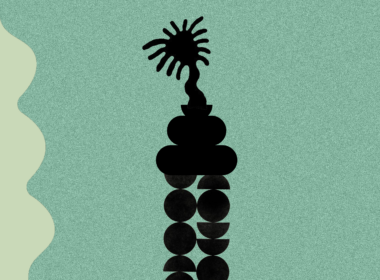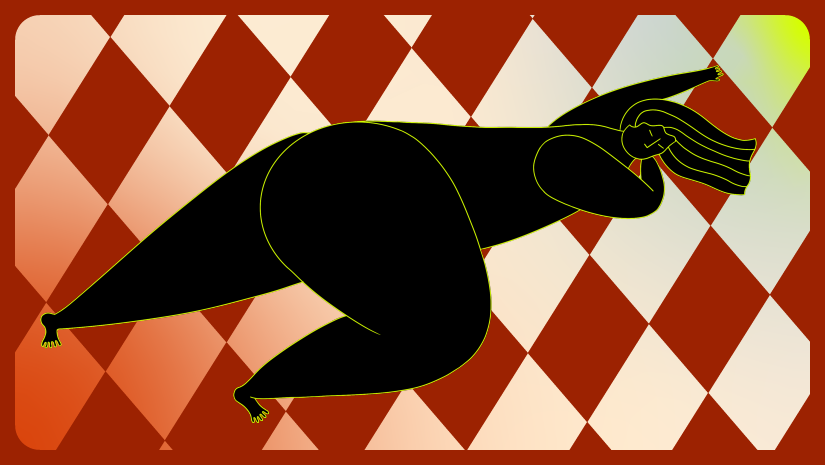What is Desire?
Desire is defined as “a strong feeling of wanting to have something or wishing for something to happen” or to “strongly wish for or want (something)” – sexual desire is quite similar.
When it comes to sexual desire, we tend to think about people in one of two camps: those who tend to have spontaneous desire and those who tend to have responsive desire.
Types of Sexual Desire
There are two types of desires: spontaneous and responsive. Let’s take a closer look at each of them.
Spontaneous Desire
Spontaneous desires are those that arise naturally, and well, spontaneously.
In nonsexual contexts, these desires are often associated with our basic needs, such as hunger, thirst, and sleep. They are essential for our survival and are hardwired into our biology. For example, when we feel thirsty, we have an instinctive desire to drink water. Similarly, when we feel hungry, we have an innate desire to eat.
In emotional contexts, when we feel happy, we may have a spontaneous desire to dance or sing. Similarly, when we feel sad, we may have the urge to cry.
Sexual spontaneous desire is more like what you see in the movies when two people lock eyes and immediately rip each other’s clothes off (with consent, of course). Or, someone with spontaneous sexual desire may become horny or aroused at random times – not as a result of any external influence.
Responsive Desire
Responsive desires are those that arise in response to external stimuli. These desires are influenced by our environment, experiences, and interactions with others. For example, when we see an advertisement for Coca-Cola, we might all of a sudden be craving an ice-cold Coke.
Responsive desires can also be shaped by cultural and social norms. For example, in cultures where being blonde is the ideal hair color, you may want to be blonde as a result. These desires are reliant on how we are socialized.
Responsive desire in a sexual context would be characterized by person A going up to person B to flirt with the intention of hooking up, and despite not being in the mood prior to person A approaching, person B is now flirting back in response.
How Types of Desire Show Up in Relationships
In a relationship where one person is responsive and the other is spontaneous, the spontaneous one is likely the instigator in your sexual relationship. The responsive person is more likely to take their cues from their spontaneous partner.
If you and your partner(s) are having trouble getting in sync, it’s important to keep the other person’s perspective in mind.
Someone with spontaneous desire may:
-
- Feel rejected or unwanted because their partner doesn’t initiate sexual activities
-
- Become frustrated with having to initiate every encounter
-
- Feel that they are hypersexual
Someone with responsive desire may:
-
- Feel pressure to be sexually engaged at the whim of their partner(s)
-
- Feel misunderstood when they decline a partner’s sexual advances
-
- Feel that they are hyposexual or not sexual enough for their partner(s)
How to Make it Work
-
- Schedule sex or time to be intimate.
- Maintain open lines of communication about your desires.
- Brainstorm clear language that you and your partner(s) can use so that no one feels rejected or pressured.
Written by: Gillian ‘Gigi’ Singer, MPH
Board Certified Sexologist, Sexuality Educator, and Sex Ed Content Specialist







